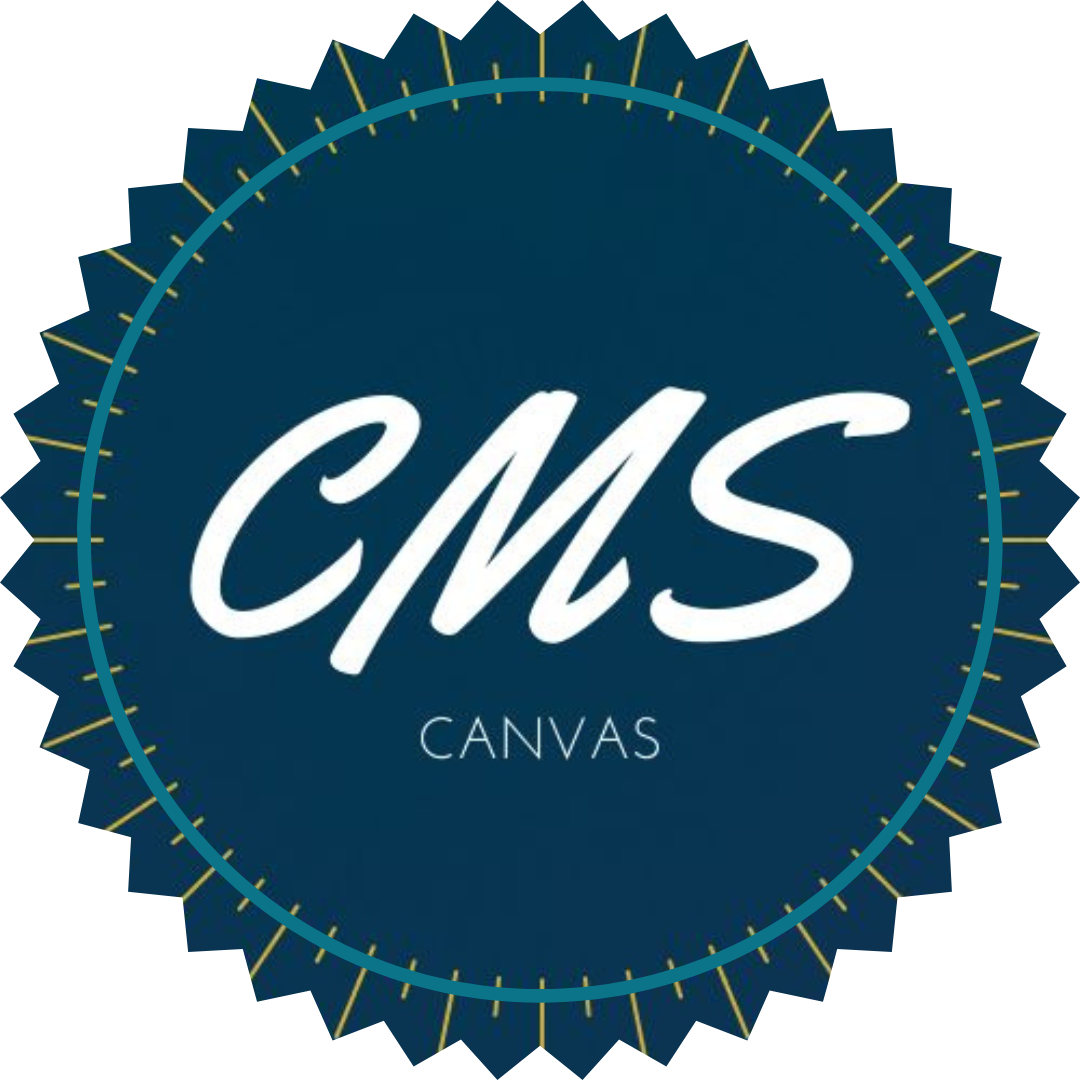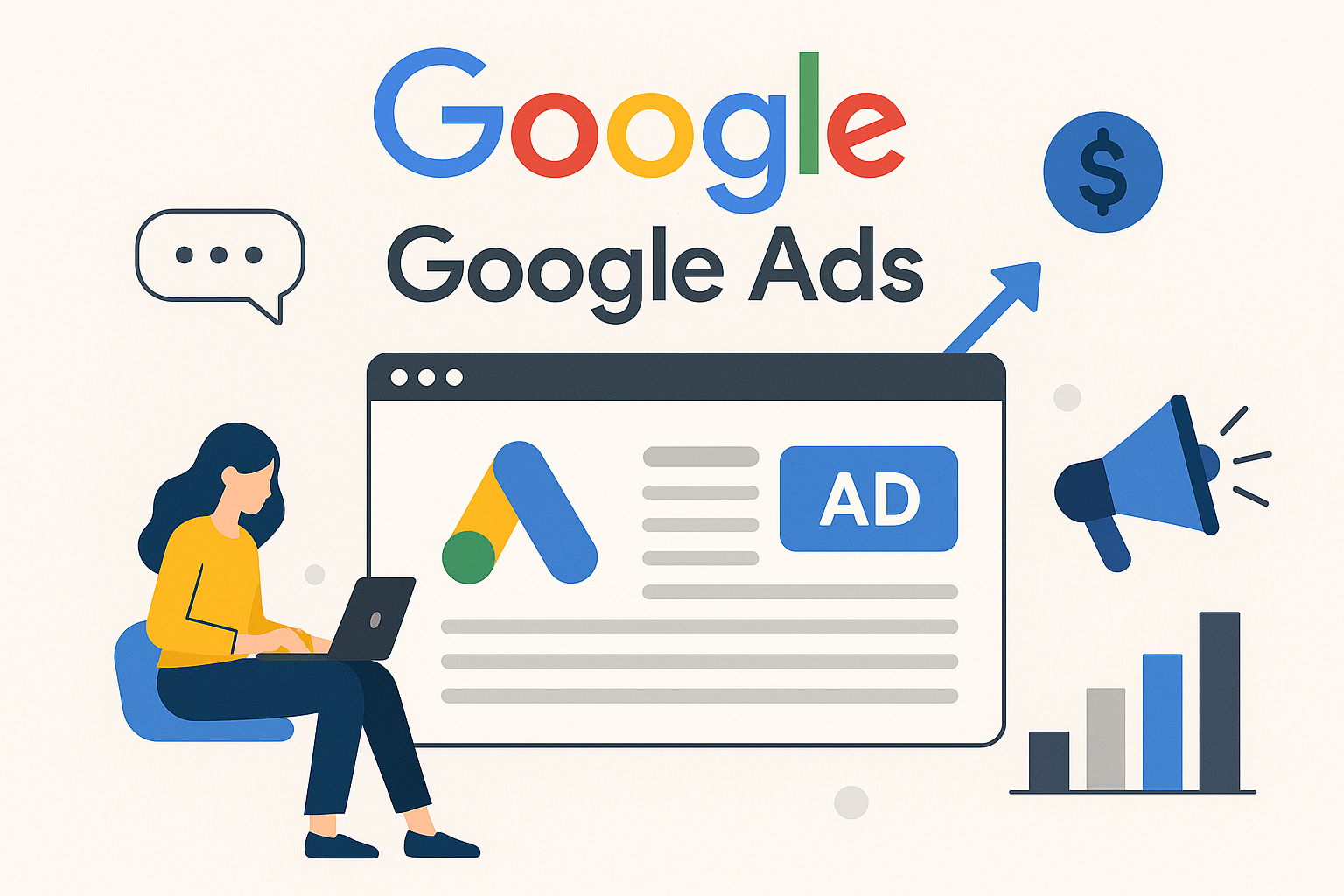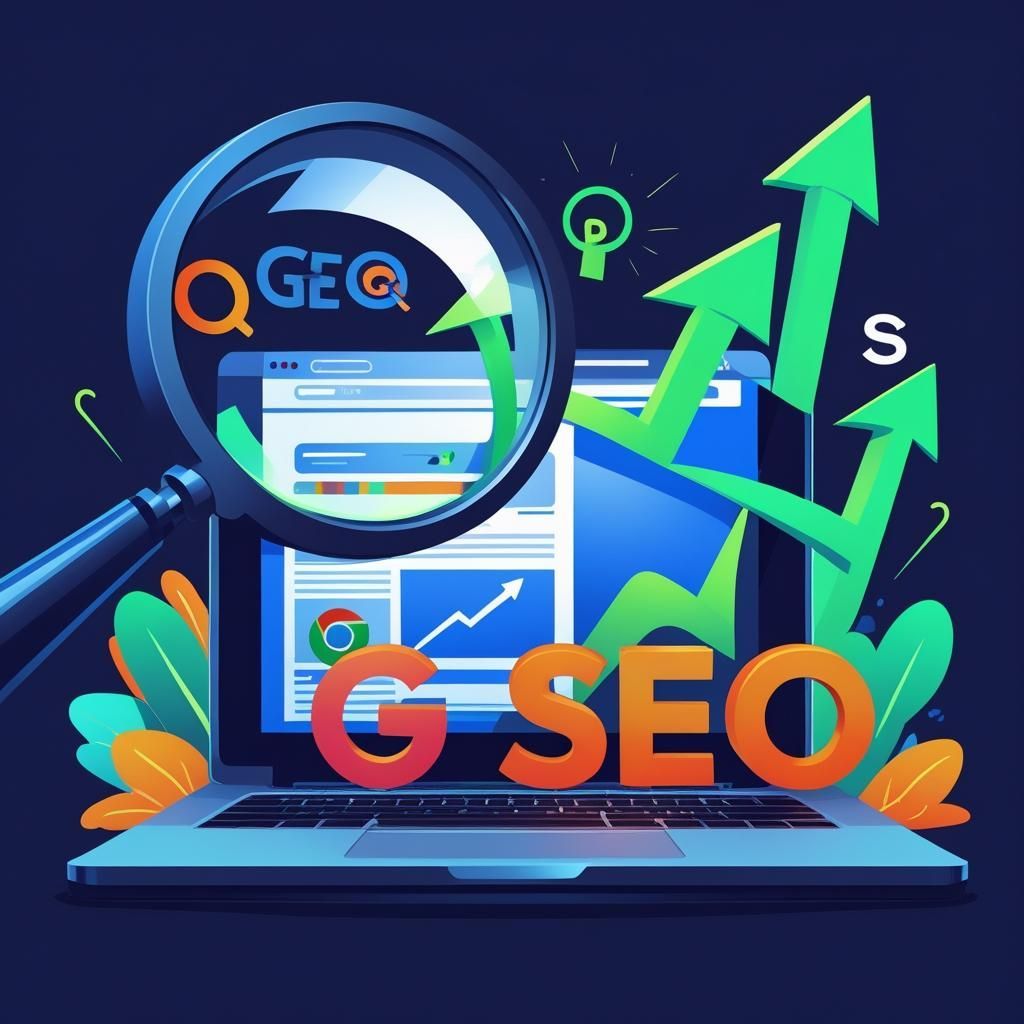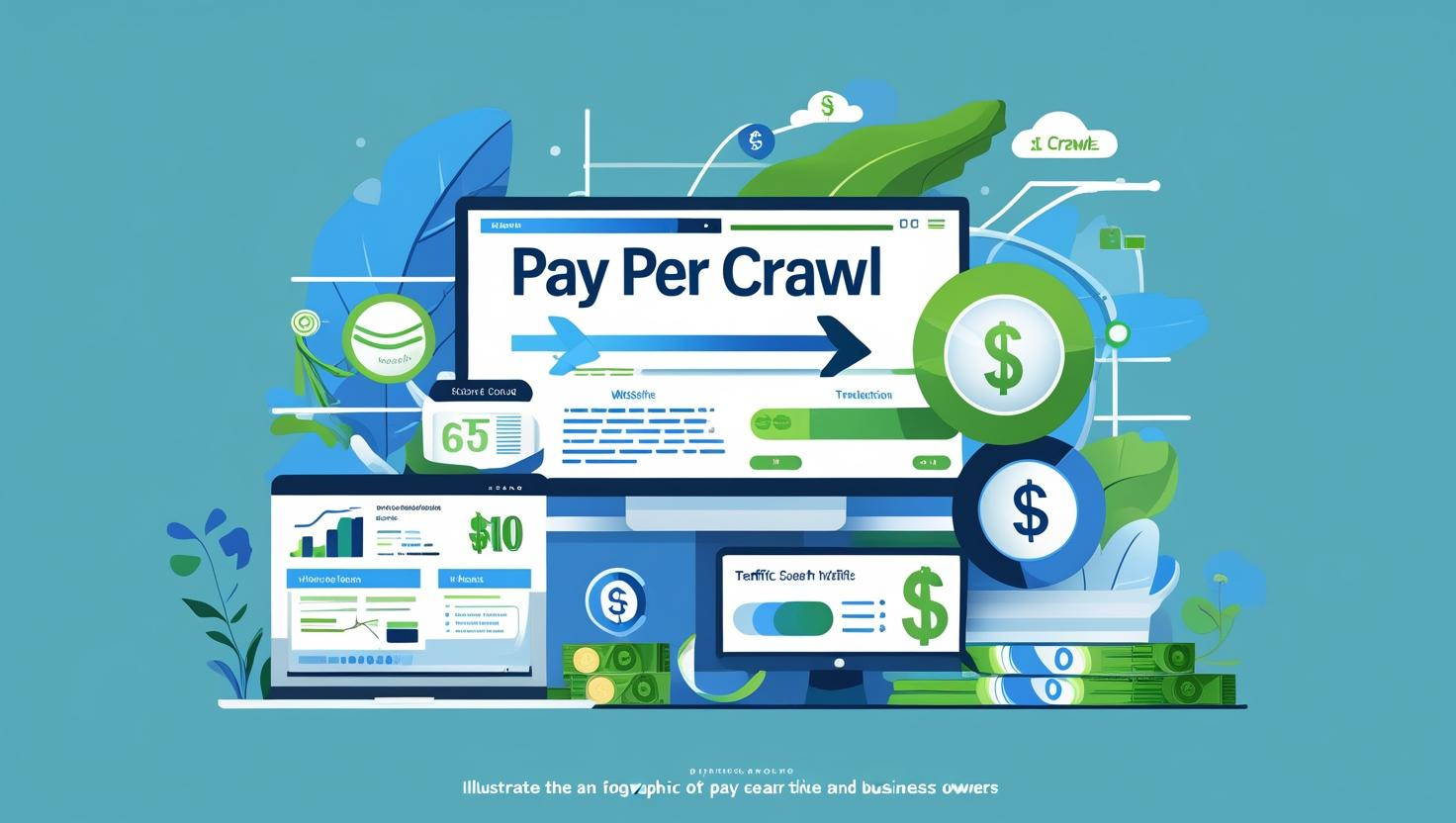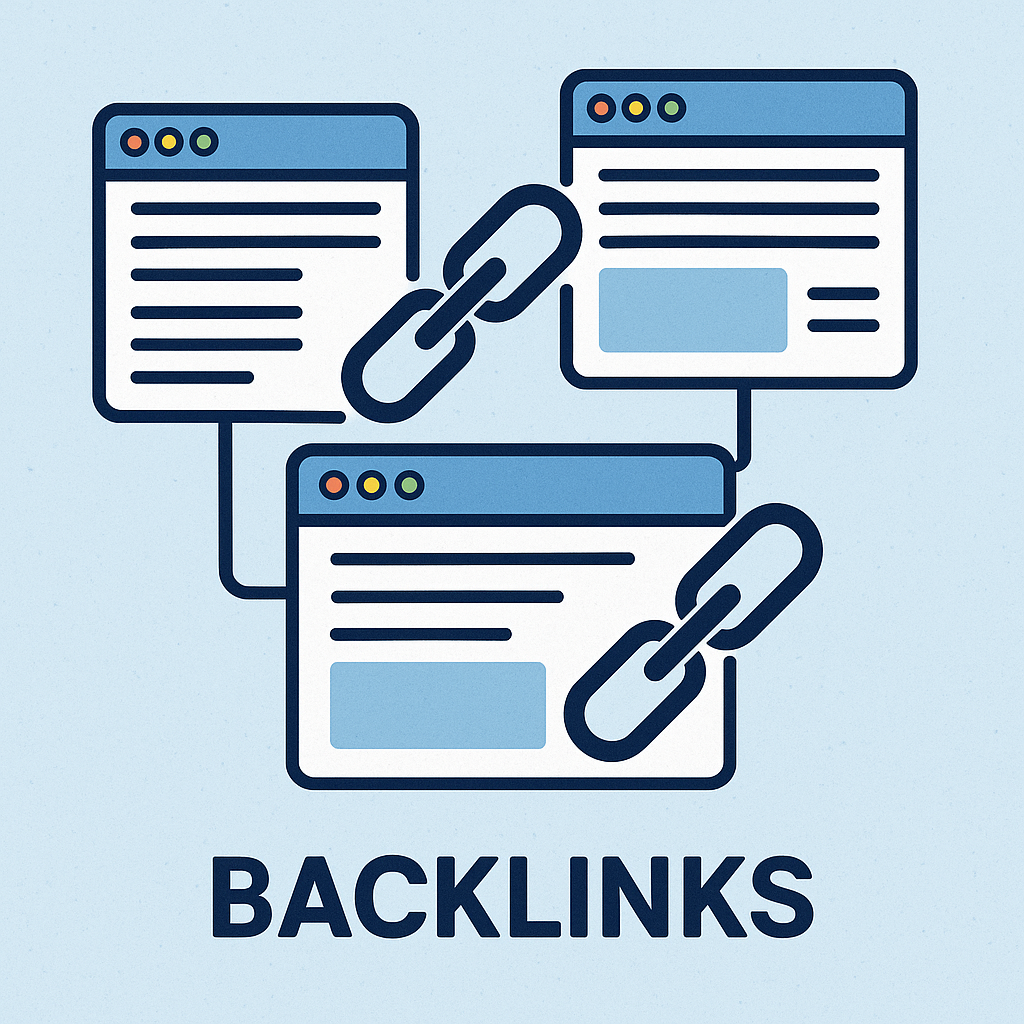How Much Do Google Ads Cost? A Comprehensive Guide
In the ever-evolving digital marketplace, where the cacophony of voices competes for consumer attention, the cost of advertising on platforms like Google Ads becomes a pivotal consideration for businesses striving to maximise their marketing budget and achieve strategic growth. As experts in crafting marketing success stories, Canvas Marketing Solutions embarks on an intricate exploration of Google Ads costs, providing a comprehensive understanding of typical business expenditures, strategic budgeting considerations, and the metrics that truly matter.
Introduction to Google Ads
Google Ads, the platform formerly known as Google AdWords, stands as a cornerstone of digital marketing—a robust pay-per-click (PPC) advertising platform enabling businesses to project their messages across Google's extensive network. With precision targeting capabilities and flexible budgeting, Google Ads emerges as a strategic tool for driving traffic and conversions. However, deciphering its cost structure is crucial for maximising return on investment. Operating on an auction-based system where advertisers bid on keywords, the cost per click (CPC) can fluctuate dramatically based on industry competitiveness. Successfully navigating this system necessitates a delicate balance of strategic bidding, quality ad creation, and constant optimisation.
Consider the digital marketplace as a vibrant bazaar, where vendors clamor for attention, each endeavouring to outshine the other with enticing offers. In this dynamic arena, Google Ads equips businesses with the tools to amplify their voices, reaching potential customers at the precise moment they're eager to engage. This capability underscores the importance of understanding Google Ads costs—not merely as an option, but as an essential component of any serious digital marketing strategy.
General Benchmarks for Google Ads Spending
Defining Your Marketing Budget
A frequent inquiry we encounter at Canvas Marketing Solutions is: "How much should we allocate to Google Ads?" While no universal answer exists, industry benchmarks serve as guiding stars, illuminating the path for businesses making informed decisions. The digital advertising landscape is as diverse and dynamic as the businesses that navigate it, necessitating a tailored approach.
- 5–10% of gross revenue is typically earmarked for total marketing spend, a figure that, while broad, reflects the diversity of marketing strategies across industries.
- From this, 30–60% is often directed towards digital advertising, including Google Ads, acknowledging the shift from traditional to digital channels as businesses adapt to consumers' evolving media consumption habits.
- This translates to approximately 1.5%–6% of revenue dedicated to Google Ads, contingent upon business goals and maturity. For example, a tech startup might allocate more towards digital channels to swiftly gain traction, whereas a well-established retailer may prioritise retaining market share.
Understanding these benchmarks enables businesses to set realistic expectations and align their advertising efforts with broader marketing strategies. Consider the case of TechNova, a mid-sized IT solutions firm. When they first ventured into digital advertising, they allocated 5% of their revenue to Google Ads, targeting niche markets effectively. Over time, as their customer base expanded, they revisited their budget allocation, scaling it in alignment with their burgeoning digital footprint.
Strategic Budgeting Insights
The path to optimising Google Ads spend is paved with strategic insights. Businesses must consider their lifecycle stage, market dynamics, and competitive landscape. A startup in the nascent stage, for instance, may prioritise aggressive marketing to establish a foothold, whereas a mature company might focus on efficiency and profitability.
The case of Fashion Forward, an online clothing retailer, exemplifies this approach. By dedicating 8% of their revenue to Google Ads, they increased their market visibility, eventually boosting sales by 25% in the campaign's first quarter. Such strategic investments underscore the importance of aligning ad spend with business objectives, leveraging analytics to refine strategies continuously.
Google Ads Costs by Business Type
Determining the appropriate revenue percentage to allocate to Google Ads varies significantly across different business types:
| Business Type | Google Ads % of Revenue |
|---|---|
| Ecommerce (aggressive growth) | 5–10%+ |
| Local service business | 3–7% |
| B2B / High LTV SaaS | 2–5% |
| Established brand with strong SEO & referrals | 1–3% |
Ecommerce Businesses
For ecommerce companies, particularly those in aggressive growth modes, substantial investment in Google Ads can drive significant sales volume. These businesses frequently allocate a higher revenue percentage to Google Ads, capturing market share rapidly. Take the case of Fashion Forward: their strategic allocation of 8% of revenue to Google Ads allowed them to enhance visibility in a crowded market, ultimately increasing sales by 25% during the initial campaign quarter.
Local Service Businesses
Local service businesses might allocate a moderate percentage of revenue to Google Ads, aiming to capture local traffic and generate leads. The key lies in geographically targeting ads and refining keyword strategies for maximum relevance. Consider a plumbing service in Manchester focusing on localised keywords such as "emergency plumber Manchester" to ensure visibility among users in immediate need. This strategic targeting not only enhances lead quality but also optimises ad spend by minimising irrelevant clicks.
B2B and High LTV SaaS Companies
B2B companies, particularly those with high customer lifetime value (LTV) software-as-a-service (SaaS) models, may allocate a smaller revenue percentage to Google Ads, focusing on generating quality leads rather than sheer volume. For instance, a SaaS company offering enterprise-level analytics solutions might focus on high-value, long-tail keywords appealing directly to decision-makers in their target industries. This ensures that advertising spend is directed towards prospects with the highest potential for conversion and long-term value.
Established Brands
Brands with a substantial SEO presence and significant referral traffic might invest less in Google Ads, relying more on organic channels. Nonetheless, maintaining visibility through a minimal Google Ads budget remains beneficial for brand reinforcement. Consider the case of EcoNest, a well-established brand in the eco-friendly home goods market. While they rely heavily on organic search and word-of-mouth referrals, they allocate a small budget fraction to Google Ads to maintain consistent presence and capture new audiences unfamiliar with their brand.
Growth Phase Considerations
Startup/Growth Mode
Startups and businesses in growth mode may find themselves investing 10–20% or more of their revenue on marketing and ads, driven by the need to build brand recognition and capture market share swiftly. At Canvas Marketing Solutions, we've witnessed startups like Ezmio Beauty successfully leverage such aggressive strategies to establish themselves in competitive markets. Ezmio Beauty, for instance, initially allocated 15% of their revenue to Google Ads, focusing on highly targeted campaigns that resonated with their demographic of young, eco-conscious consumers. The result was a rapid increase in brand awareness and a significant sales uptick.
Established/Profit Focused
Conversely, established businesses focused on profit often reduce their ad spend to 1–3% of revenue, relying on established organic channels and customer referrals. This shift allows them to maintain profitability while still engaging in targeted advertising. For instance, Heritage Homes, a family-owned real estate firm, scaled back their digital ad spend after securing a comfortable market position. By focusing on nurturing existing client relationships and leveraging organic search, they sustained growth without aggressive ad spending.
The Importance of ROI and CAC
While percentage benchmarks provide a starting point, focusing on ROI (Return on Investment) and CAC (Customer Acquisition Cost) is crucial. Successful companies typically:
- Set a target ROAS (Return on Ad Spend) to ensure campaigns are profitable. For instance, a campaign with a target ROAS of 5:1 implies that for every pound spent, the company expects to generate five pounds in revenue.
- Monitor CPA (Cost per Acquisition) to optimise spending. Understanding the cost associated with acquiring new customers enables businesses to make informed decisions regarding resource allocation.
- Adjust budgets dynamically based on campaign performance, scaling up when profitable or scaling down when necessary. This flexibility is key in the fast-paced digital landscape, allowing businesses to respond quickly to changing market conditions.
Measuring Success
At Canvas Marketing Solutions, we partner with clients like Performance Saddle Fits Store to continually refine their Google Ads strategies, ensuring that each pound spent contributes to measurable business growth. By setting clear KPIs and employing advanced analytics, we assist them in tracking ROI and making data-driven decisions that enhance advertising effectiveness.
Actionable Checklist for Optimising Google Ads Spend
- ✓ Define Clear Objectives: Establish what you aim to achieve with Google Ads—whether it's brand awareness, lead generation, or direct sales. Clear objectives guide every campaign aspect, from keyword selection to ad creative.
- ✓ Set a Realistic Budget: Begin with industry benchmarks, tailoring based on your specific business needs and goals. A realistic budget ensures campaign longevity, allowing for meaningful data collection and informed optimisations.
- ✓ Target the Right Audience: Utilise Google's targeting features to reach ideal customer profiles. Consider demographics, interests, and online behaviours to refine reach.
- ✓ Utilise Negative Keywords: Refine keyword strategies to exclude irrelevant searches that inflate costs. This tactic helps focus budgets on clicks more likely to convert.
- ✓ Monitor and Adjust: Regularly review campaign performance and make data-driven adjustments. Whether tweaking ad copy or reallocating budget to better-performing campaigns, continuous optimisation is key to success.
- ✓ Focus on High-Quality Scores: Optimise ad relevance, landing page experience, and expected click-through rates. High-quality scores can lead to lower CPCs and better ad placements.
- ✓ Experiment with Ad Formats: Test different ad types and placements to determine what resonates best with your audience. From text ads to responsive ads, experimentation can reveal new engagement opportunities.
FAQs About Google Ads Costs
How is the cost-per-click (CPC) determined?
CPC is determined by a combination of factors, including your bid, the quality score of your ad, and keyword competitiveness. The quality score relies on ad relevance to the keyword, landing page quality, and expected click-through rate, ensuring that the highest bidder doesn't always win; rather, the focus is on user value.
Can I control my Google Ads spend?
Yes, Google Ads allows you to set daily budgets and maximum CPC bids, providing control over spending. By setting these parameters, you can prevent overspending and ensure campaigns remain within financial means.
What if my Google Ads campaigns aren’t profitable?
Analyse data to identify improvement areas. Consider adjusting targeting, refining ad copy, or optimising landing pages. Sometimes, small tweaks can lead to significant performance improvements.
Is Google Ads suitable for small businesses?
Absolutely. With proper targeting and budgeting, small businesses can effectively reach their audience and achieve marketing goals. The key lies in leveraging the platform's targeting capabilities to compete with larger players by reaching the right audience at the right time.
Conclusion and Calls to Action
Understanding how much to spend on Google Ads involves a nuanced process of balancing industry benchmarks with individual business goals. At Canvas Marketing Solutions, we believe in crafting tailored strategies that drive results, resonate with audiences, and build a foundation for sustainable success.
For businesses ready to explore the potential of Google Ads or optimise current campaigns, we invite you to visit our services page. Discover how partnering with Canvas Marketing Solutions can elevate your marketing efforts and propel your business forward. Together, let's craft your success story.

